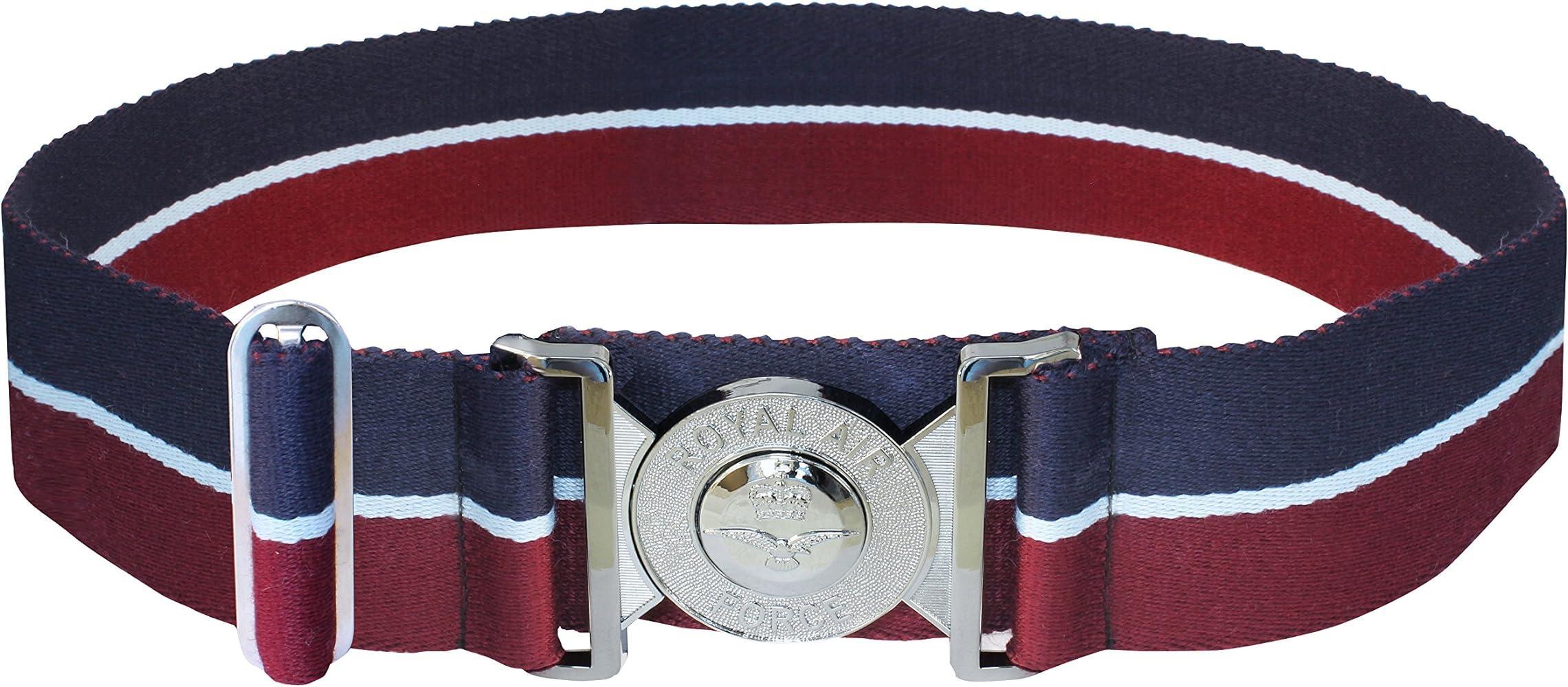
A vertebra slipping backwards is a rare joint problem. Small osseous discs constitute the vertebrae, the diminutive bones of the backbone. Intervertebral discs separate vertebrae. The nucleus pulposus is the disc’s core. A robust annulus fibrosus of ligament fibres holds them together. 1 vertebra slips and glides back along the intervertebral disk underneath or above it. Different from a dislocation. A vertebra slips forward, causing retrolisthesis.
What is Retrolisthesis?
How dangerous is retrolisthesis? Retrolisthesis is an uncommon joint condition characterized by a single vertebral body displacing posteriorly, laterally, or inferiorly relative to an intervertebral disc. Many spinal diseases can influence its form, function, and health. Retrolisthesis is infrequent in the thoracic spine and most common in the cervical and lower lumbar spines. Retrolisthesis opposes degenerative spondylolisthesis. Both involve vertebral body slippage, although in different directions. Even a 2-millimeter change of one vertebra disrupts the spine’s alignment and biomechanics. Numerous spinal injuries arise from diverse causes and require various treatments, including moderate retrolisthesis.
Retrolisthesis Symptoms
Your overall health determines the symptoms, the location of the slippage, and the affected nerve tissues, spinal joints, and other structures.
Symptoms may encompass:
- Localized backache
- Back bulge or spine deformity
- reduced mobility
- backache
- Symptoms may encompass numbness, tingling, or severe pain in the hips, thighs, legs, buttocks, neck, shoulders, and arms.
What Causes Retrolisthesis?
Retrolisthesis reduces vertebral space for several causes. Although research has not elucidated the reasons for the natural degeneration of the discs and intervertebral spaces, the following factors may be implicated:
- Degenerative spinal problems
- Arthritis
- Congenital disabilities
- Trauma or spinal injury
- Bone/blood infections
- Nutrient deficits
- Spinal diseases like osteoporosis
- Poor core and spinal muscles
Retrolisthesis Types
Three main kinds of retrolisthesis are total, partial, and staircase.
Complete retrolisthesis involves one vertebra migrating backwards relative to surrounding vertebrae.
In partial retrolisthesis, a vertebra shifts posteriorly relative to the adjacent vertebrae above or below it.
A vertebra shifts posteriorly, distancing itself from the superior vertebrae and advancing beyond the inferior vertebrae, resulting in staircase retrolisthesis.
These variations are subtle and hard to see. A spinal vertebra shifts backwards, out of line with the rest of the spine, damaging its structural integrity. Particularly, a vertebra dislocates beneath an intervertebral disc. Now that we know how the disorder impacts spine structure and alignment let’s discuss causation.
How to Diagnose Retrolisthesis?
The physician will assess you and enquire about your problems. Lateral spine X-rays are superior for diagnosing retrolisthesis. A supine X-ray will not reveal retrolisthesis to your physician. Your physician will assess spinal disc displacement with X-ray imaging. They will delineate lines on your vertebral picture and quantify the distance between them. Retrolisthesis manifests at a displacement of 2 mm or greater. X-ray discoveries related to retrolisthesis include the vacuum phenomenon occurring when gas accumulates between discs and vertebrae, reducing disc height and causing bone spurs.
Retrolisthesis Treatments
NSAIDs, analgesics, muscle relaxants, opioids, corticosteroids, anticonvulsants, and antidepressants. Take medication only with a pain doctor in Dallas prescription. Surgery may be necessary if conservative therapy fails or if there is substantial nerve compression or spinal instability. Some common surgeries are:
- A spinal fusion entails the amalgamation of two or more vertebrae to provide stability to the spine.
- The Posterior Lumbar Interbody Fusion (PLIF) procedure involves access through the back; ALIF: Frontal access; Transforaminal Lumbar Interbody Fusion (TLIF) is posterior but laterally than PLIF.
- Laminectomy is the removal of the lamina, a spinal bone component.
- A herniated disc is removed through a discectomy.
- A foraminotomy is the procedure of expanding the foramina, via which nerve roots exit the spine.
- Artificial Disc Replacement: This involves replacing a damaged intervertebral disc with an artificial one.
How Serious Is Retrolisthesis?
Like many spinal diseases, early identification can improve treatment outcomes but not guarantee them. If diagnosed early, spinal vertebra slippage can be stabilized, but if neglected, it can progress and cause consequences.
Retrolisthesis may lead to cervical spondylotic myelopathy (CSM) in individuals over 50 who are susceptible to spinal degeneration.
Increased spinal/nerve compression can cause neck and back pain, arm and leg numbness, tingling, weakness, coordination and balance difficulties, and limited mobility. Proactivity in seeking therapy is always optimal, irrespective of age or severity of ailment. Retrolisthesis necessitates prompt evaluation and intervention.
Is retrolisthesis serious? This is particularly true for elderly individuals with age-related spinal deterioration. Neglecting treatment may exacerbate spinal complications and intensify its symptoms.
Conclusion
The spine provides structural support and constitutes the central nervous system alongside the brain. It also allows us to stand straight, exercise excellent posture, bend, twist, lift, and move. Retrolisthesis occurs when a vertebra slips backwards, exposing the disc and its surrounding area to uneven pressure and misaligning the spine. Misaligned spines affect biomechanics, function, and health.When a displaced vertebra narrows the spinal canal, it can impair nerve transmission from the brain, create nerve compression, and cause pain, tingling, and limited spine range of motion and flexibility. Retrolisthesis is uncommon but necessitates assertive intervention through chiropractic adjustments, physical therapy, and targeted activities that you can get from the pain clinic in Dallas. Enhancing disc health and core strength for spinal support is essential for treatment efficacy.




